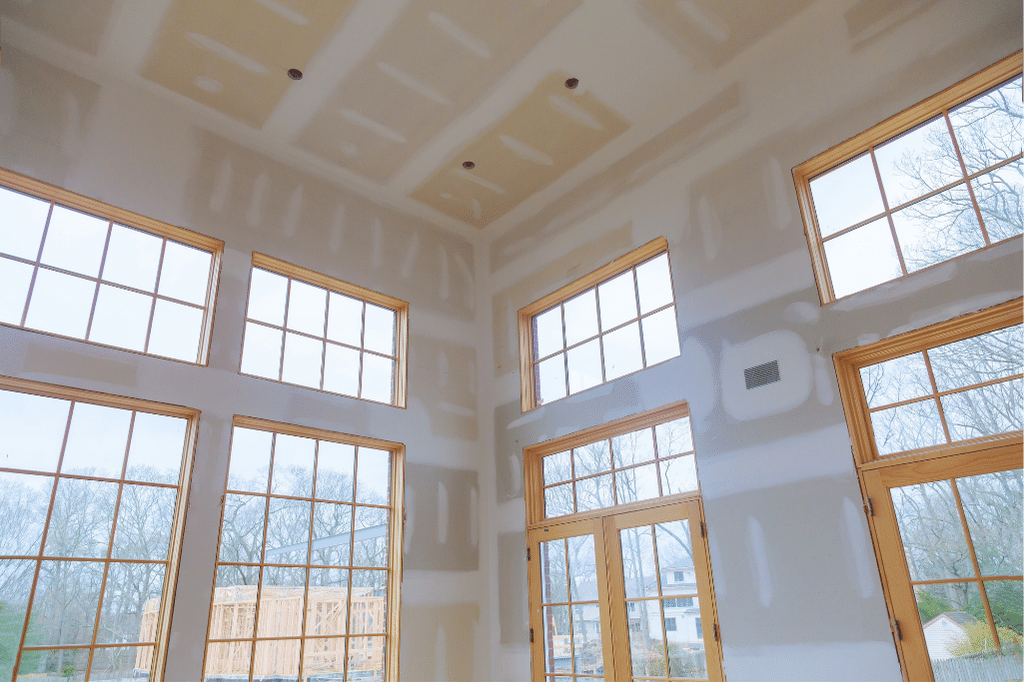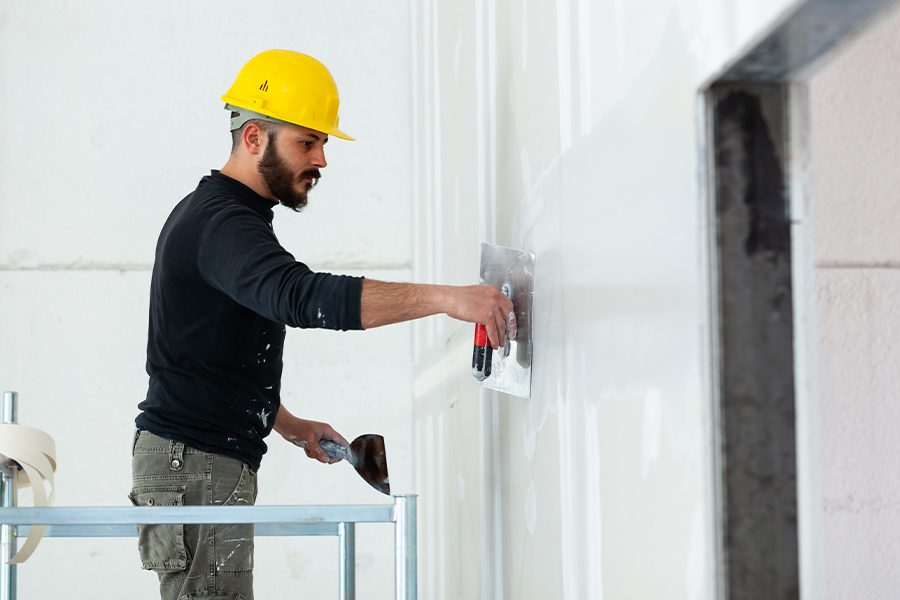Premier Drywall Fort Worth Services for Residential Projects
Premier Drywall Fort Worth Services for Residential Projects
Blog Article
Complete Guide to Reliable and Reliable Drywall Installation
Drywall installation is an essential element of any kind of building or improvement job, requiring a meticulous strategy to ensure both performance and reliability. It is important to discover the subtleties of each action in the process, as they jointly add to the total success of the drywall installment.
Crucial Devices for Drywalling
When starting a drywall installment job, having the right tools is important for achieving a professional surface. Crucial tools include a drywall blade, tape measure, and a T-square, which are essential for exact dimensions and smooth cuts. A drywall lift is also extremely helpful, especially for ceiling installations, enabling less complicated handling of hefty panels.
For fastening the drywall, a cordless drill and drywall screws are required. The drill must be outfitted with a drywall little bit to ensure efficiency and precision. Furthermore, a crucial device is the drywall saw, which promotes reducing about other obstacles and electrical outlets.

In addition, protective gear such as shatterproof glass and a dust mask are vital to guarantee personal safety throughout the installment procedure. Utilizing the right tools not just boosts the high quality of the setup but additionally enhances the workflow, making the job much more reliable total.
Preparing the Area

Following, assess the problem of the ceilings and wall surfaces. Repair any type of existing damages, such as holes, fractures, or peeling paint, to make sure a smooth and even surface area for drywall application. Additionally, look for electric outlets, plumbing lines, and cooling and heating ducts, noting their locations to prevent complications during installment.
It is also critical to measure the area properly, identifying the measurements of the walls and ceilings to compute the appropriate amount of drywall required. Create a thorough strategy that consists of the layout and positioning of the drywall panels.
Installment Techniques
Efficient installment techniques are vital for attaining a professional finish in drywall jobs. Correct dimension and cutting of drywall sheets are fundamental steps. Always determine the wall surface room accurately, permitting any type of switches or electrical outlets. Utilize an energy knife for clean cuts, racking up the paper face and snapping the board along the racked up line.
When hanging drywall, begin with the leading and job downward, navigate to this site making certain that the lengthy side of the board is vertical to the framework. Protect the sheets with screws as page opposed to nails, which supply higher holding power and minimize the danger of standing out. Location screws every 12 inches along the edges and every 16 inches in the field of the board.
For corners, use edge grains to attain sharp, tidy edges. When setting up on ceilings, use a drywall lift or have a partner assist in holding the sheets in place (drywall installation). Maintain a gap of about 1/4 inch over the flooring and ceiling to fit expansion and contraction
Ending Up Touches

Once the tape is in location, it's time to apply the initial coat of joint compound, additionally understood as mud. Utilize a 10 to 12-inch taping knife to spread the substance equally over the taped joints, feathering the edges to mix with the surrounding drywall.
Permit the substance to dry thoroughly, typically 24 hours. After drying, sand the surface lightly with fine-grit sandpaper to eliminate any type of flaws. drywall contractor. Repeat the mudding and fining sand procedure, generally a couple of coats, making certain each layer is smooth and flush with the drywall surface area
Usual Mistakes to Avoid
Numerous DIY fanatics encounter pitfalls during drywall setup that can endanger the last results. One typical error is stopping working to correctly measure and reduce drywall sheets.
Another regular mistake is incorrect fastening. Making use of also few screws or nails can bring about loosened drywall, while overdriving fasteners can create the paper to tear, damaging the structure. It's essential to maintain regular spacing, generally every 16 inches, and to make sure that fasteners are flush with the surface area.
Moreover, not addressing moisture issues before installment can cause mold and mildew growth and structural damage. Always examine the setting and usage moisture-resistant drywall in high-humidity areas.
Final Thought
Trusted and effective drywall installation requires meticulous focus to detail throughout the process. By using necessary devices, preparing the area adequately, and sticking to best methods in installment methods, a remarkable surface can be attained. Additionally, cautious application of joint substance and tape during the ending up phase improves durability and appearance. Staying clear of common errors better adds to an expert result, emphasizing the significance of precision and strategy in effective drywall projects.
It is crucial to discover the subtleties of each step in the process, as they collectively contribute to the overall success of the drywall setup.When beginning on a drywall setup job, having the right devices is critical for attaining a professional finish.For i loved this fastening the drywall, a cordless drill and drywall screws are necessary.Correctly preparing the area is vital for an effective drywall setup.Efficient setup techniques are vital for accomplishing an expert finish in drywall tasks.
Report this page